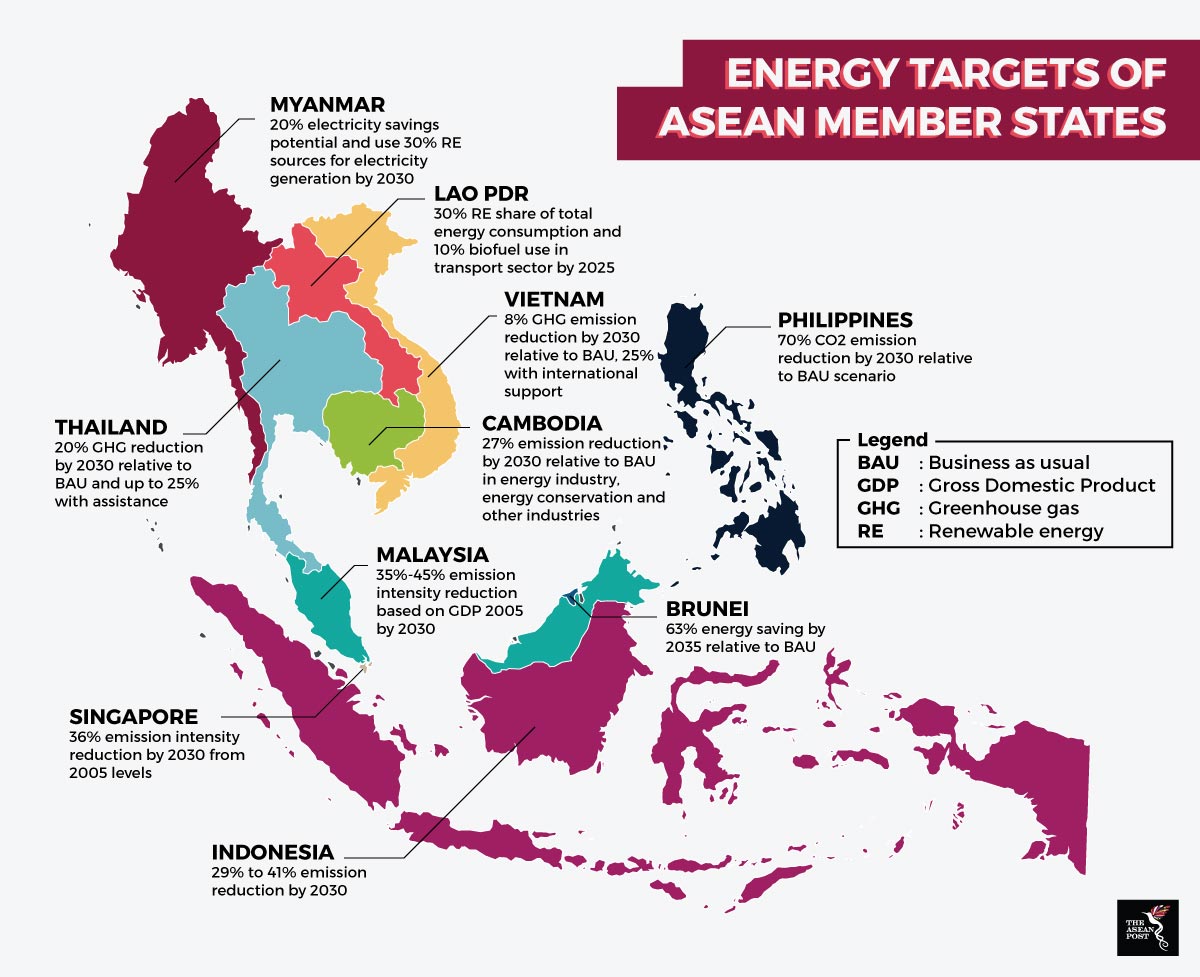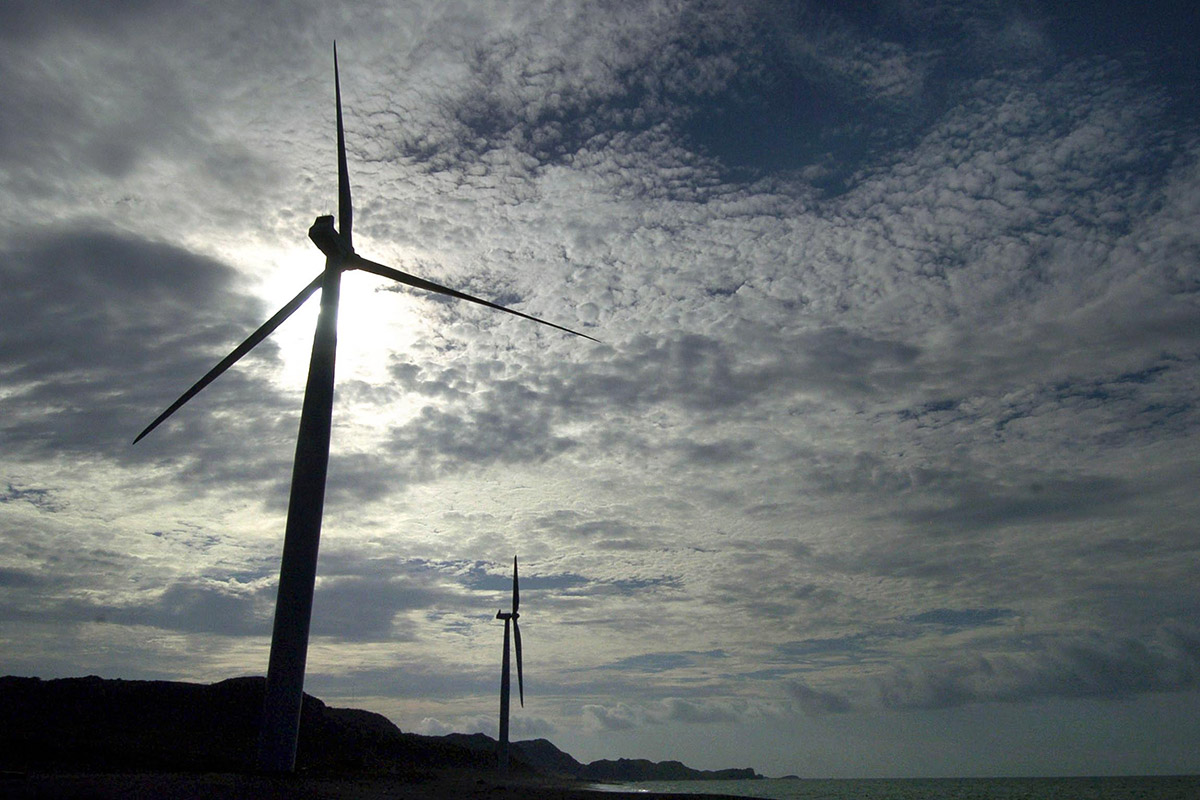The path towards meeting the Association of Southeast Asian Nations’ (ASEAN) goal of securing 23 percent of its primary energy from renewable resources by 2025 is no simple feat. Based on policies that are being currently practiced and are in consideration for the future, the region’s renewable energy share in its primary mix is only slated to reach 17 percent by 2025.
This leaves a 6 percent gap between target and actual rate of adoption. A significant area which can help close this gap is government policy.
Motivating factors
The driving force for ASEAN governments to go the way of renewables can be understood in three main ways.
The obvious one is environmental protection. The positive impact of renewables on the environment is an argument that has been fleshed out all too many times. Moreover, with the signing of the Paris Accord, ASEAN governments that continue to promote economic activities which harm the environment risk getting their names dragged in the mud within the international community.
Another reason is to mitigate concerns over energy security. Demand for energy will only skyrocket in the coming years as member states continue to develop at above average economic rates. CLM (Cambodia, Lao PDR and Myanmar) countries which have enviable growth rates of around 7.5 percent to 8 percent need to sustain that growth with an adequate supply of energy. Besides that, they cannot be too dependent on fossil fuels as prices are constantly at the mercy of global fluctuations.
The dwindling costs of renewable energy has further strengthened the business case for turning to renewables. According to the International Renewable Energy Agency (IRENA), the cost for solar photovoltaics (PV) fell 45 percent – the most among other renewable power sources – between 2012 and 2016 from US$3,915/kilowatt (kW) to US$2,134/kilowatt (kW).
Onshore wind experienced a similar cost reduction between 2013 to 2016 from US$2,627 to US$2,342.
Policy enactment and implementation
A 2017 study by IRENA revealed that the region holds great promise for scaling up renewable energy deployment in the coming years. For that to happen, there must be an “enabling environment” with comprehensive policy frameworks, fiscal incentives and robust institutions in place to attract private investment. Current policies are diverse and showcase the fact that member states are taking important initial steps. However, there is still plenty of room to improve overall energy policy, foster a more positive regulatory environment and attract more private investments.

Source: IRENA, 2017
Lessons can be learnt from more advanced ASEAN members which have strong policy frameworks like Malaysia, Thailand and the Philippines. For example, Malaysia has a national level renewable energy strategy which is supplemented by other initiatives like a net metering system, value added tax (VAT) exemptions and renewable energy certification.
Thailand which has the largest share of the region’s installed solar capacity at over 2 GW as of 2016, aims to install 6 GW by 2036 – part of the target of 30 percent renewables in its energy mix at the same time. The country’s foray into solar first began in 2007 via the Adder Program – a feed-in premium initiative – which has now shifted to a fixed feed-in tariff to improve investors’ confidence.
The Philippines aims to achieve universal electrification by 2022 in accordance to their development plan. The archipelagic nation relies heavily on off grid technology to power communities that live in remote areas where it is geographically challenging to set up transmission lines. However, most off grids are powered by diesel generators.
To take a leaf out of Myanmar’s book – which also uses off grids to enhance rural electrification – it relies on solar energy to do so. In collaboration with the Asian Development Bank (ADB), it implemented a mini grid pilot project in 2017 which is targeted to bring electricity access to over 35,000 households between 2016 to 2021.
Implementing renewable energy initiatives is easier said and done. At the crux of a regional level target, there must be equivalent national level effort. This is translated to adequate national policies that is then harmonised at an ASEAN level. With seven years left until the 2025 deadline, ASEAN member states must pull their own weight and bridge the aforementioned 6 percent gap.
